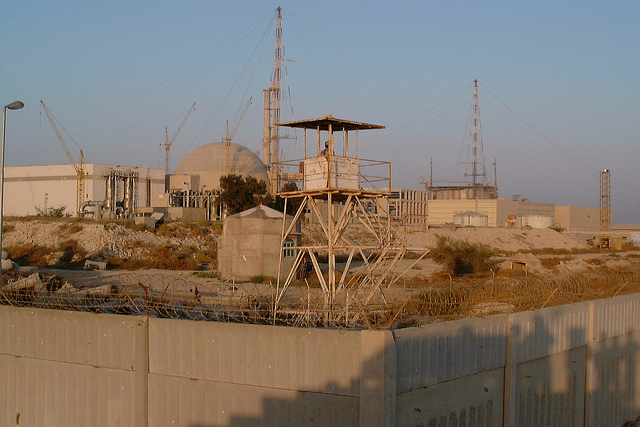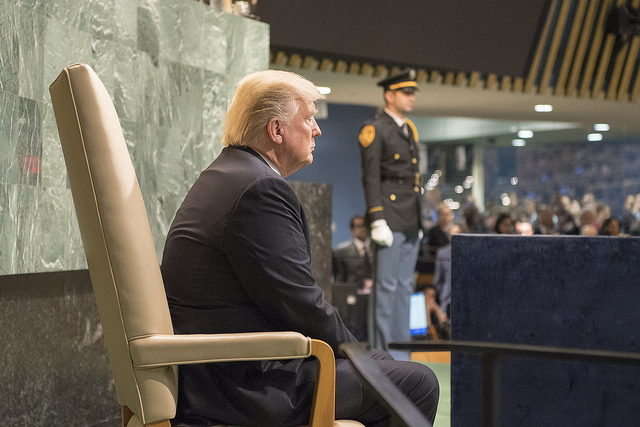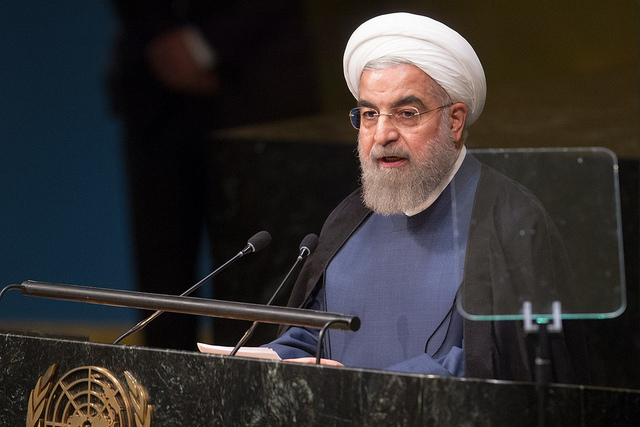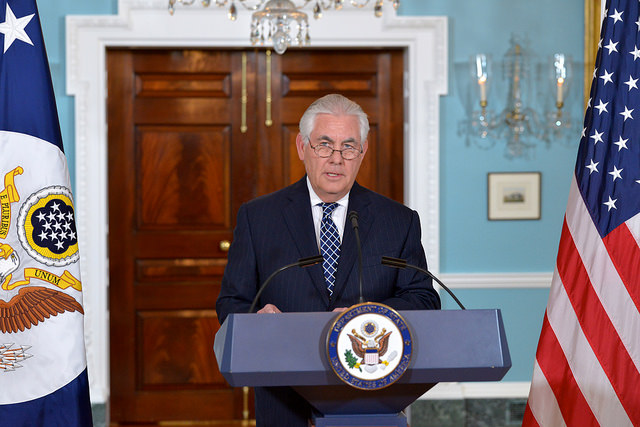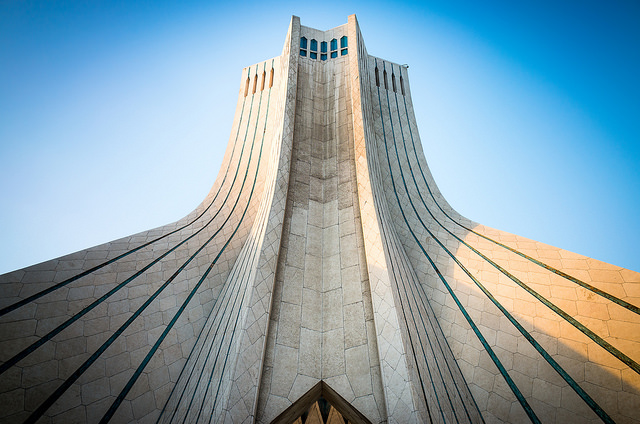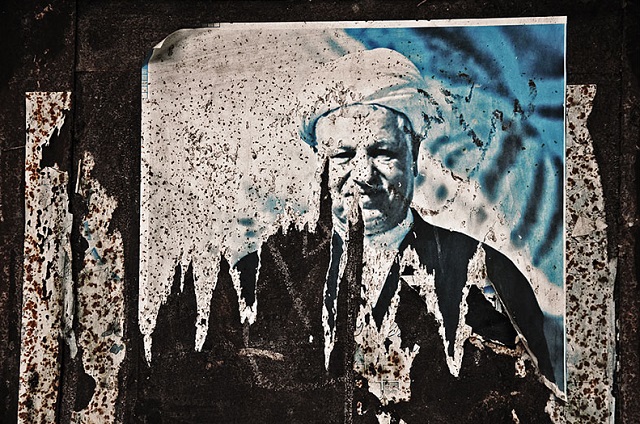The US cannot go it alone on Iran

US President Donald Trump has announced what was long anticipated: that he will not certify that Iran is complying with the July 2015 Joint Comprehensive Plan of Action (JCPOA) signed by the United States, China, Russia, France, Germany, the United Kingdom and Iran. Nor will he certify that the suspension of sanctions undertaken by the US as part of the agreement is justified and in the vital national interest of the US.
To be clear, such certifications are not required by the JCPOA. Rather, they are required every 90 days by a law enacted by the US Congress soon after the accord was signed. It is also essential to underscore that Trump did not withdraw from the JCPOA itself. What he chose was a compromise: to make clear his disdain for the agreement without leaving it or reintroducing sanctions that were removed as part of it (a step that would be tantamount to US withdrawal).
What happens next is unclear. Congress has 60 days to reintroduce some or all of the suspended sanctions but is unlikely to do so. It might, however, introduce new sanctions tied to Iran’s behavior in Syria or elsewhere in the region. Consistent with this, Trump announced his intention to place extra sanctions on Iran’s Islamic Revolutionary Guard Corps.
If the US were to impose new sanctions for any purpose at any time, it would likely find itself alone. The Europeans, China and Russia are highly unlikely to join, not only because of financial self-interest, but also because Iran is in compliance with the JCPOA. This is a point made by international inspectors operating under United Nations auspices, as well as by senior US officials, including Secretary of Defense Jim Mattis.
To argue, as some in America do, that Iran is not complying with the spirit of the JCPOA is meaningless: ‘spirit’ is a term without legal standing. And while it is fair to argue that much of what Iran is doing in the region is a legitimate cause for concern, it is not grounds for reintroducing sanctions under the accord.
Renegotiating the JCPOA to extend the duration of several of its constraints, make inspections more intrusive, and expand its coverage to missiles is attractive in the abstract. But it is totally unworkable in practice, as Iran and most (or all) of the other signatories of the JCPOA would reject these demands. The threat to terminate US participation in the JCPOA if such changes are not made will thus prove either empty or self-defeating if carried out.
None of this is meant to argue that the JCPOA is a good agreement. Still, Trump’s decision not to certify was unwarranted and ill-advised. The agreement was the result of a collective effort. American unilateralism now could make forging a common front against Iran much more difficult in the future.
Trump’s move is also bad for US foreign policy. There must be a presumption of continuity if a great power is to be great. Unpredictability can provide a tactical advantage, but it is also a strategic liability.
Here there is an obvious link with North Korea. At some point, the US may determine that diplomacy has a role in managing the North Korean nuclear and missile challenges. But America’s ability to offer a credible diplomatic path will be seriously undermined if others judge that it cannot be trusted to stand by agreements.
There is also a more immediate problem: if the US sets in motion a dynamic that causes the JCPOA to unravel, and Iran resumes nuclear activities currently precluded by the accord, a crisis will erupt at a time when the US already has its hands full with North Korea.
Despite these considerations, it would also be a mistake to focus just on the US announcement and not also on Iranian behavior. In the short run, the world needs to contend with an Iran that is an imperial power, one that seeks to remake large swaths of the Middle East in its image. What is needed is a policy of containment of Iran across the region—including support for the Kurds in northern Iraq and Syria, as well as of other groups and countries that are pushing back against Iran.
In the longer run, the challenge is to deal with the JCPOA’s flaws, above all with its sunset provisions. The agreement ‘parked’ the nuclear problem, rather than resolving it. Important provisions of the accord will expire in either eight or 13 years. At that time, inspections will not prevent Iran from putting in place many of the prerequisites of a nuclear weapons program that could be made operational with little warning.
It cannot be assumed, as some do, that Iran’s intentions and behaviour will moderate over the next decade or 15 years. On the contrary, Iran is more likely to remain a hybrid regime in which a government coexists with a permanent religious authority and with powerful military forces and intelligence units that exercise considerable political influence and largely operate outside the government’s control.
Dealing with an ambitious and powerful Iran thus entails a broad range of other open-ended challenges that define the ever-turbulent Middle East. Without the JCPOA, however, those challenges would become even more daunting.

